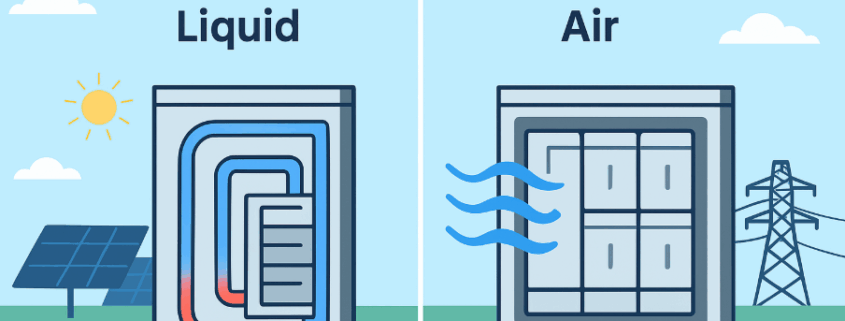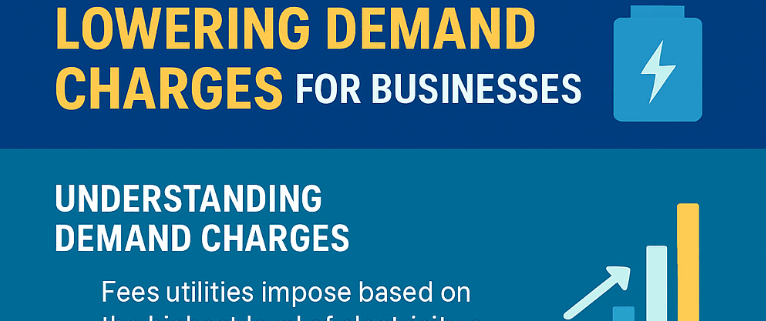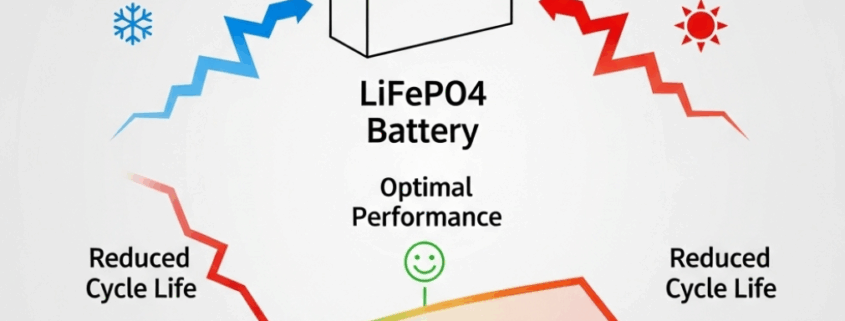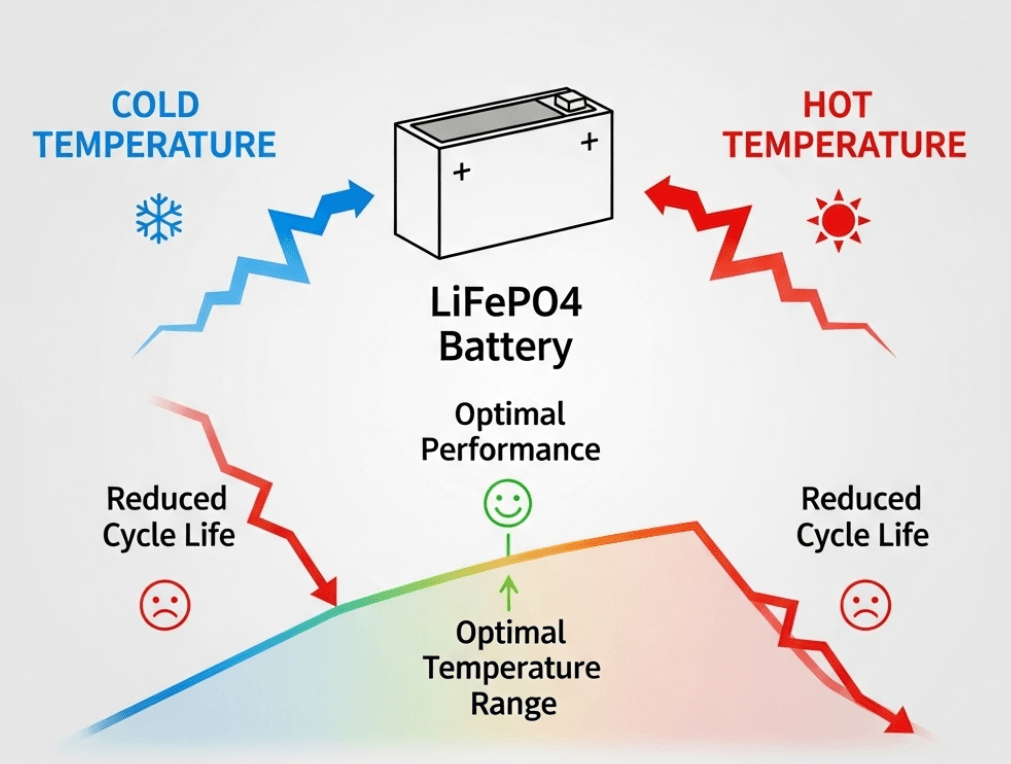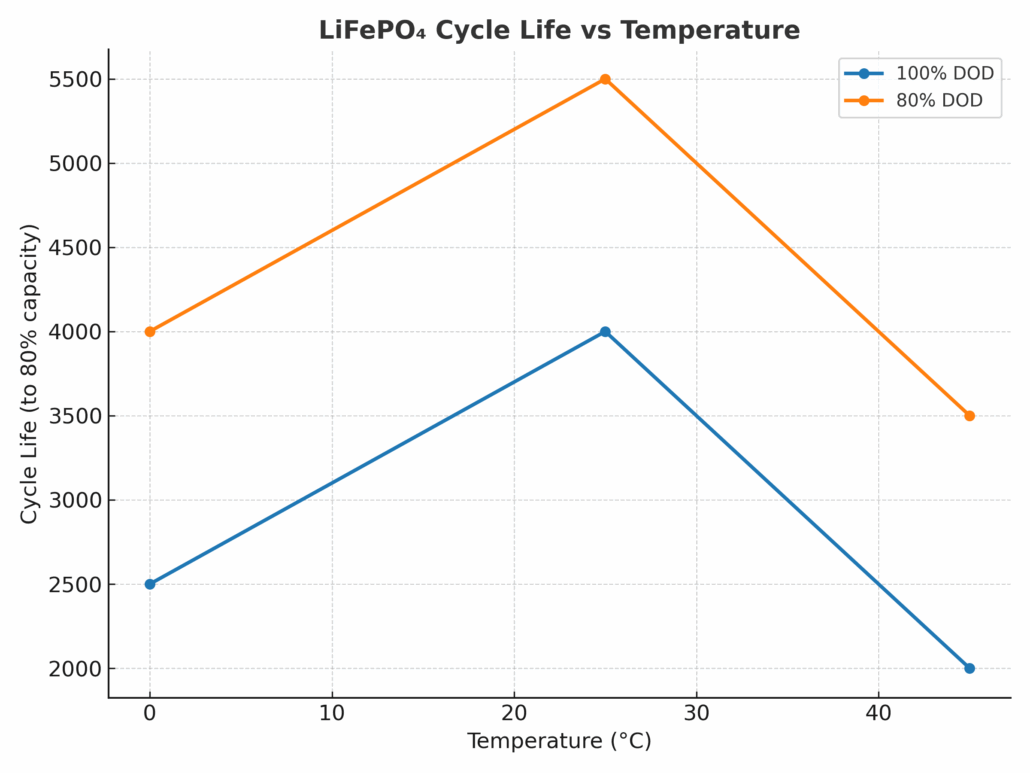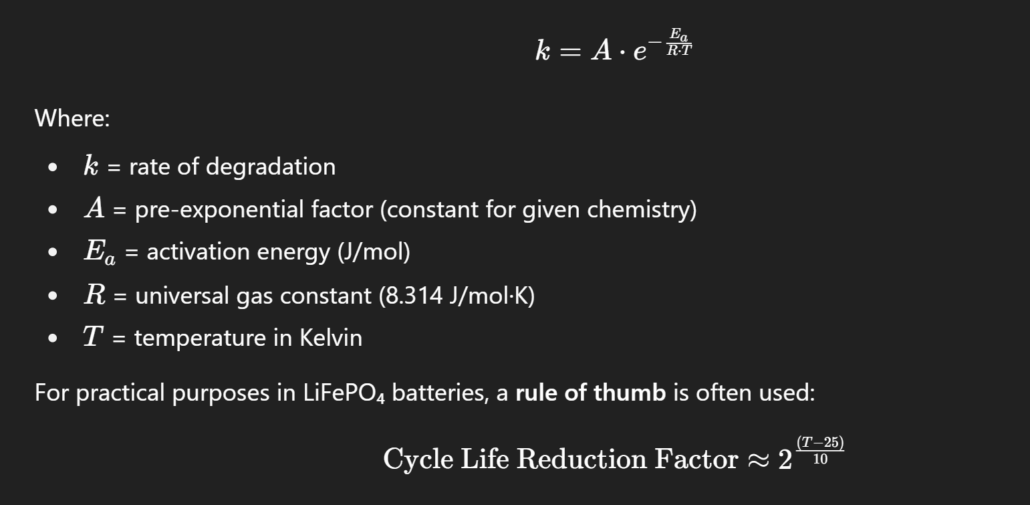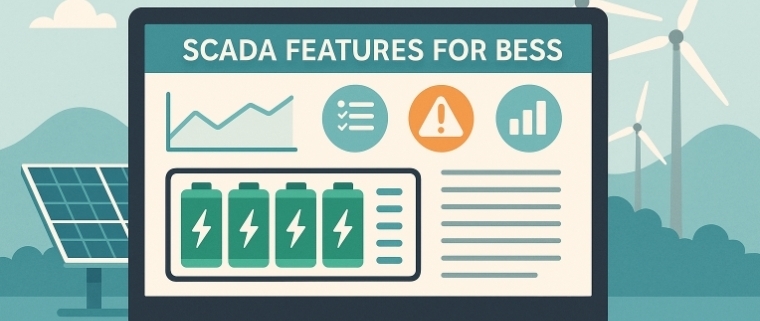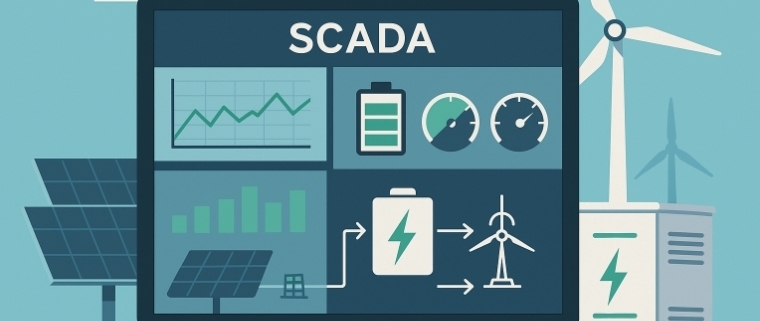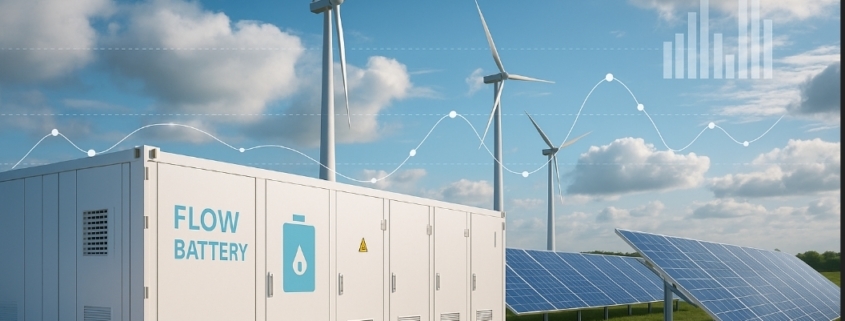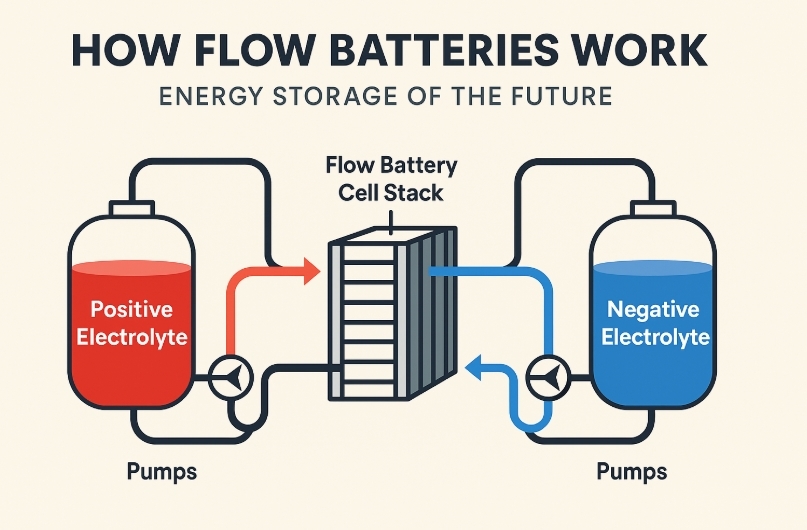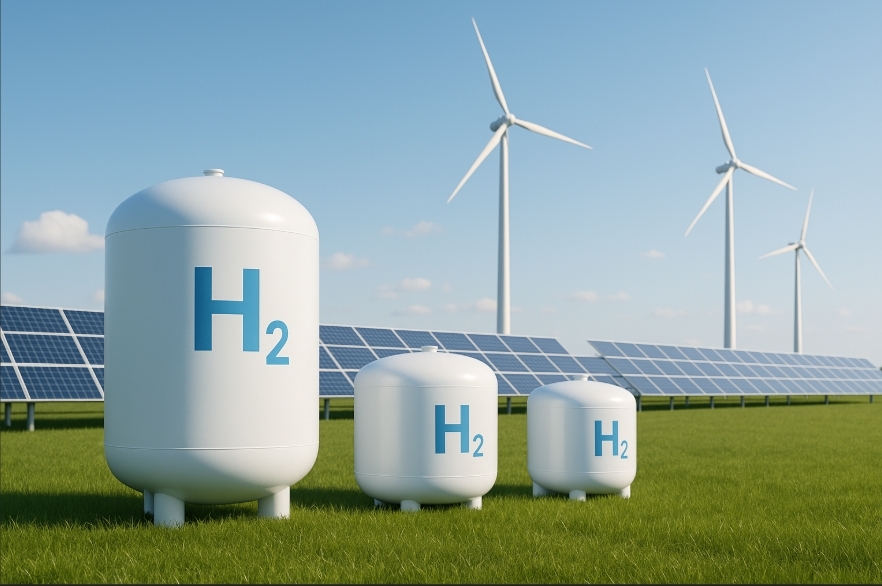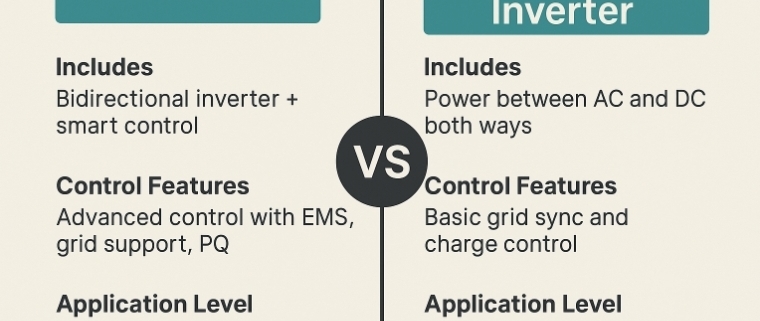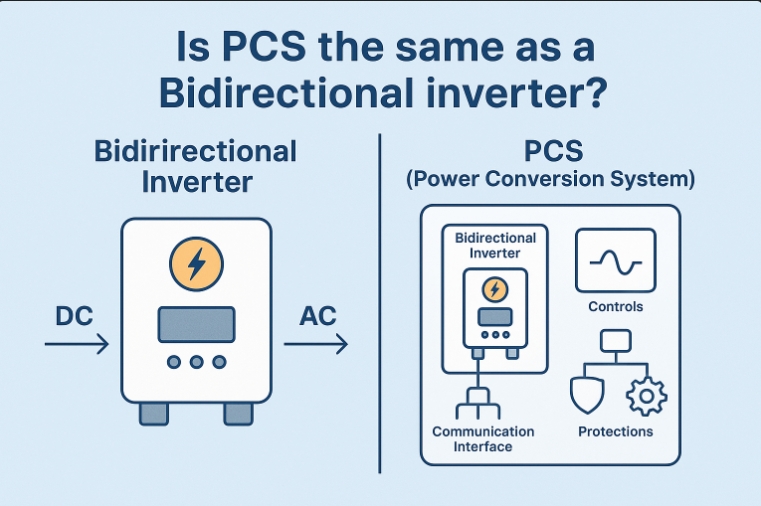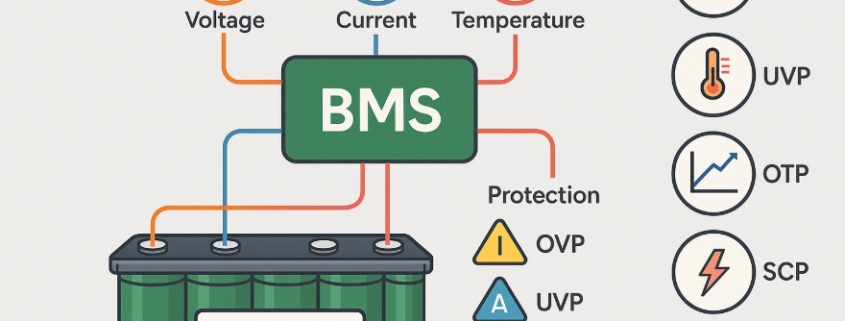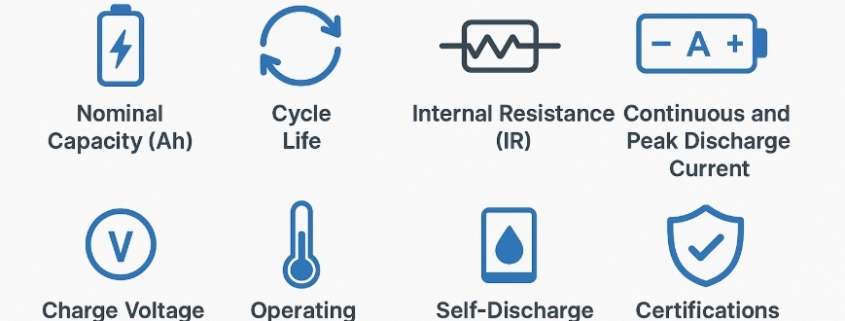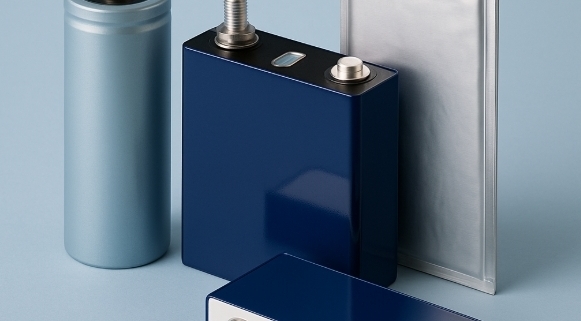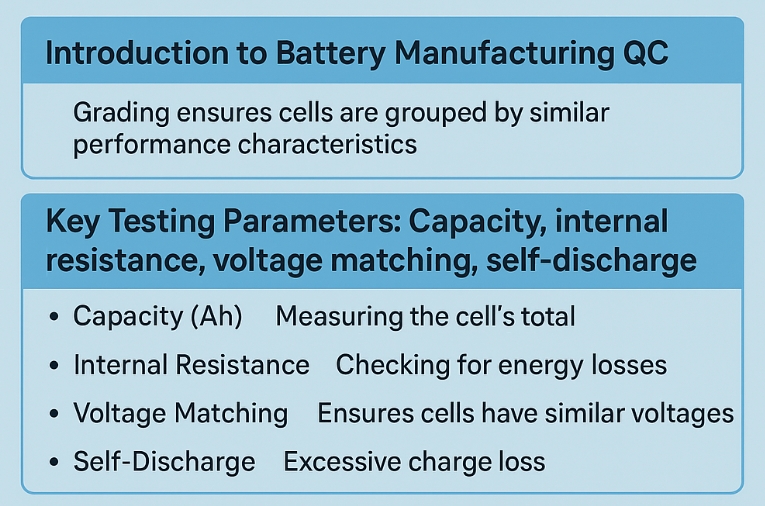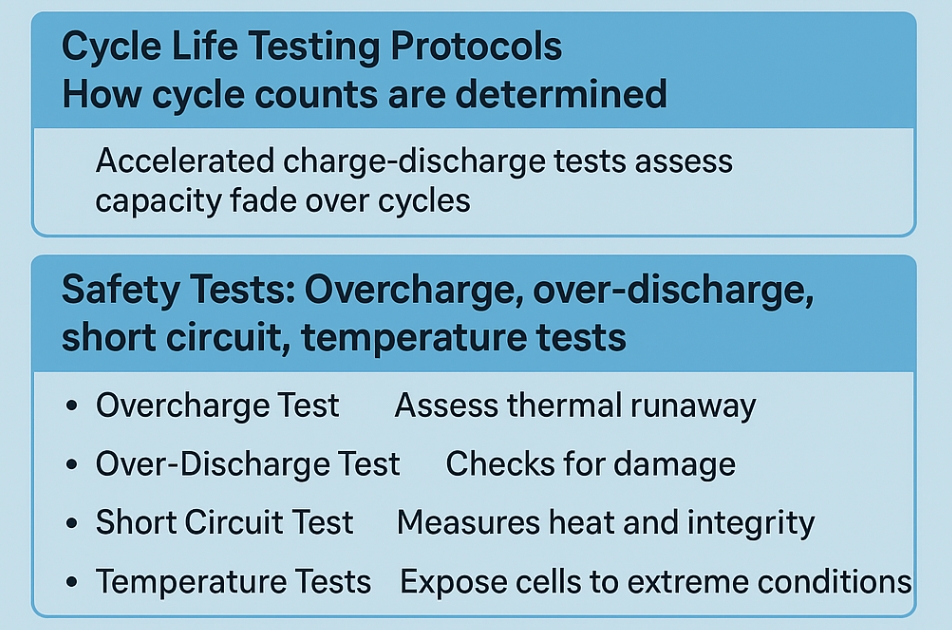Liquid vs Air Cooling System Use in BESS: Choosing the Right Thermal Management
Liquid vs Air Cooling System in BESS – Complete Guide: Battery Energy Storage Systems (BESS) are transforming how we store and manage renewable energy. But one often overlooked factor that determines their safety, performance, and lifespan is the cooling system. Effective thermal management ensures batteries operate within safe temperature ranges, preventing overheating, fire risks, and performance drops.
Among the various methods available, liquid cooling and air cooling stand out as the two most common approaches. Each has unique advantages, costs, and applications. In this post, we’ll compare liquid vs air cooling in BESS, and help you understand which method fits best depending on scale, safety, and compliance needs.
Why Cooling Matters in BESS
Battery cells generate heat during charging and discharging. If not managed properly, this heat can cause:
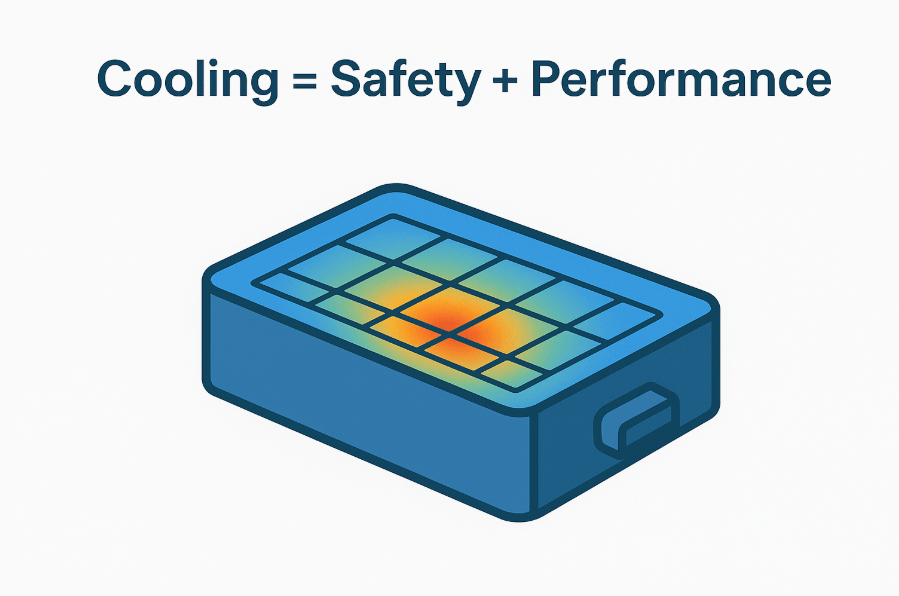
- Reduced battery efficiency
- Shortened lifespan
- Higher risk of thermal runaway
That’s why global standards such as UL certifications for battery systems and CE for BESS require strict compliance with safety and thermal management protocols.
Simply put: cooling = safety + performance.
Air Cooling Systems in BESS
Air cooling is the most widely used thermal management method in small to medium BESS setups. It works by blowing cool air across the battery racks with fans or forced ventilation.
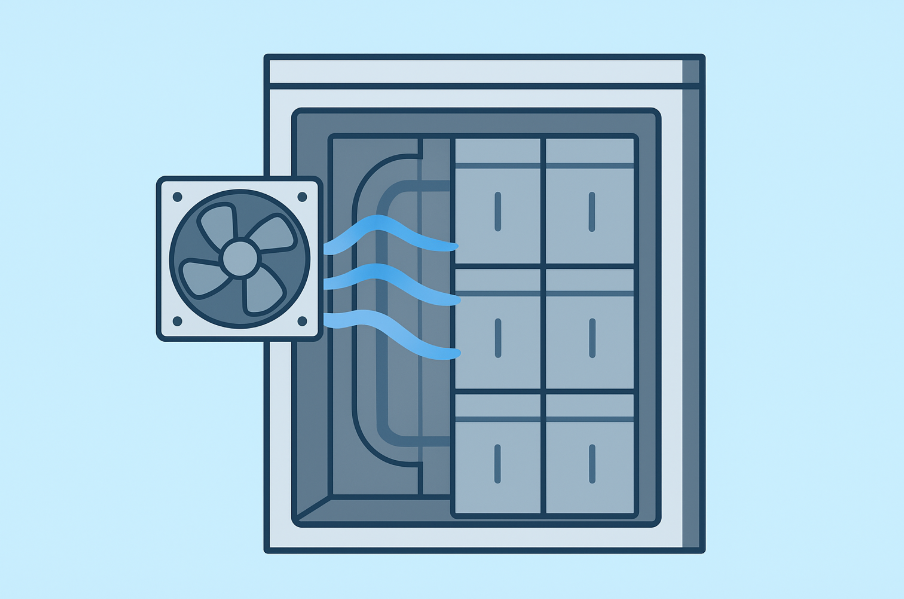
Advantages of Air Cooling
- Lower upfront cost
- Simpler system design
- Easier maintenance
Limitations of Air Cooling
- Less effective for high-density, utility-scale systems
- Struggles in hot or humid climates
- Uneven cooling across battery modules
Best Use Case: Residential or small commercial BESS paired with solar PV or EV charging.
Liquid Cooling Systems in BESS
Liquid cooling uses water-glycol mixtures or dielectric fluids circulated through cold plates or coolant channels around the battery cells. This method transfers heat more efficiently than air cooling.
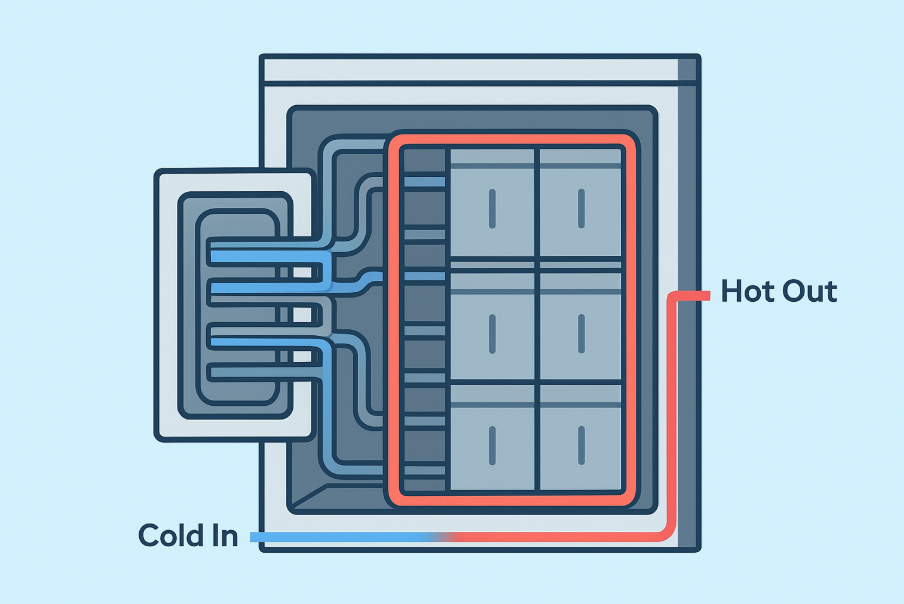
Advantages of Liquid Cooling
- High thermal efficiency
- Better temperature uniformity
- Ideal for grid-scale energy storage PCS and high-density BESS
- Scalable and safer in demanding climates
Limitations of Liquid Cooling
- Higher initial investment
- More complex installation and monitoring
- Requires leak-proof design and maintenance
Best Use Case: Utility-scale BESS, energy storage PCS integration, and applications requiring long-duration reliability.
👉 Learn more about Energy Storage PCS and how cooling supports PCS performance.
Liquid vs Air Cooling: Side-by-Side Comparison
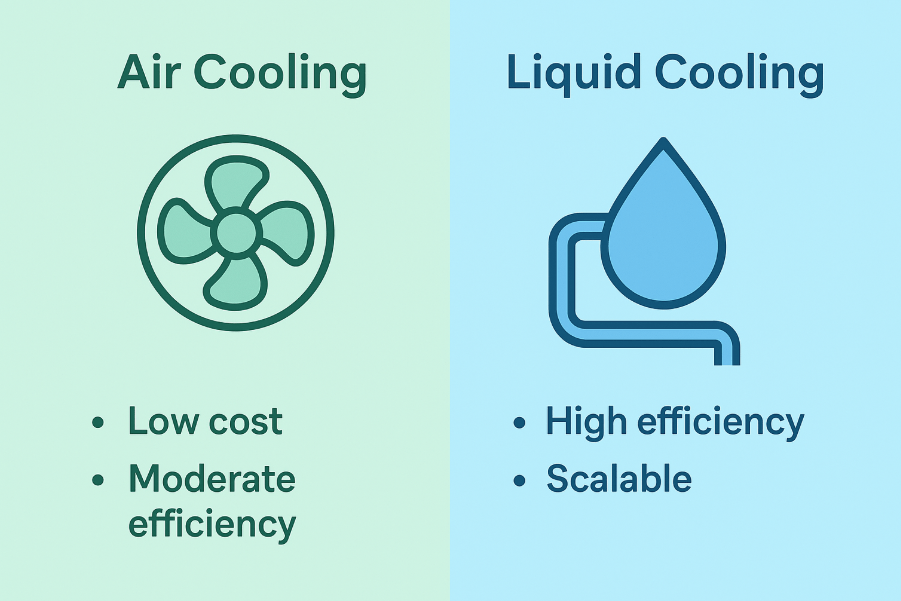
| Factor | Air Cooling | Liquid Cooling |
|---|---|---|
| Cost | Low | Higher |
| Efficiency | Moderate | High |
| Scalability | Limited | Excellent |
| Maintenance | Simple | Technical |
| Best for | Residential & small commercial | Utility-scale & grid applications |
In large-scale deployments, liquid cooling dominates due to higher efficiency and better safety margins. For smaller systems, air cooling remains cost-effective.
Cooling and Compliance
Thermal management directly influences regulatory compliance. Global frameworks such as:
- UL 9540 & UL 9540A for safety testing
- UL 9540A Test Method for thermal runaway evaluation
- CE certification for BESS in Europe
All emphasize the role of cooling in preventing fire hazards.
This makes cooling systems a critical design choice, not just an engineering afterthought.
Choosing the Right Cooling System
When selecting between liquid vs air cooling, consider:
- System Size: Larger BESS requires liquid cooling.
- Environment: Hot climates favor liquid systems.
- Cost vs Performance: Air cooling suits budget-sensitive projects.
- Compliance Needs: Regulatory approvals may depend on cooling efficiency.
For projects exploring advanced storage technologies such as green hydrogen storage, cooling strategies also play a role in integrated system safety.
Conclusion
The debate of liquid vs air cooling in BESS isn’t about which is better overall—it’s about which is better for your application.
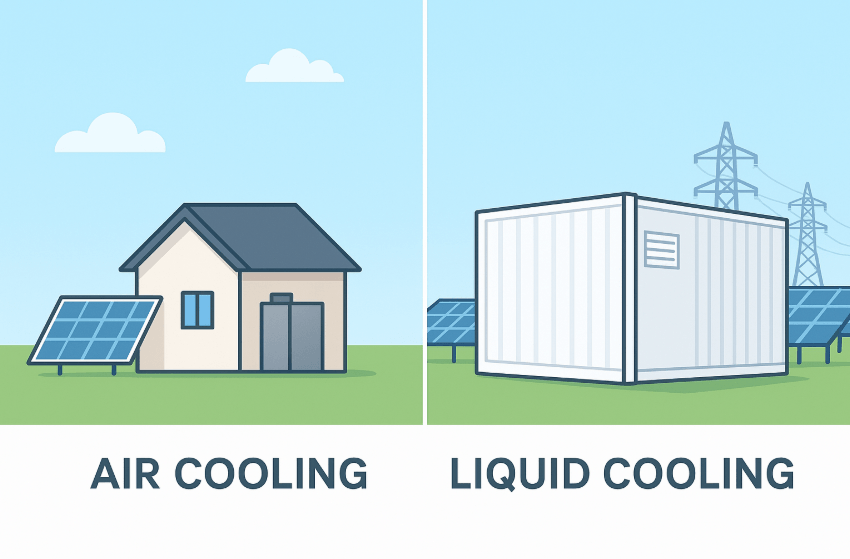
- Air cooling is cost-effective and simple for residential or small commercial setups.
- Liquid cooling is the gold standard for utility-scale, high-capacity BESS where safety, scalability, and compliance are critical.
As energy storage adoption grows, smart cooling design will define the future of battery system safety and efficiency.
FAQs – Liquid vs Air Cooling in BESS
1. What is the difference between liquid and air cooling in BESS?
Air cooling uses fans to move air across battery modules, while liquid cooling uses fluids circulated through channels or plates to absorb heat more effectively.
2. Which cooling system is better for large-scale BESS?
Liquid cooling is preferred for utility-scale and high-density BESS because it provides superior thermal management, reduces hot spots, and improves safety.
3. Is air cooling still used in modern BESS?
Yes, air cooling is still used in residential and small commercial BESS where costs are lower and power density is moderate.
4. How does cooling affect battery safety?
Proper cooling reduces the risk of overheating and thermal runaway. Standards like UL 9540A Test Method specifically evaluate how BESS cooling impacts fire safety.
5. Does cooling impact regulatory compliance for BESS?
Yes. Certifications such as UL certifications for battery systems and CE for BESS require effective thermal management to meet safety standards.
6. Which cooling system is more cost-effective?
Air cooling is more affordable upfront. However, liquid cooling may deliver better long-term value by extending battery lifespan and ensuring compliance in large-scale systems.
✅ Next Step: Learn more about Energy Storage PCS and how Sunlith Energy helps integrate cooling with PCS design for optimal BESS performance.


